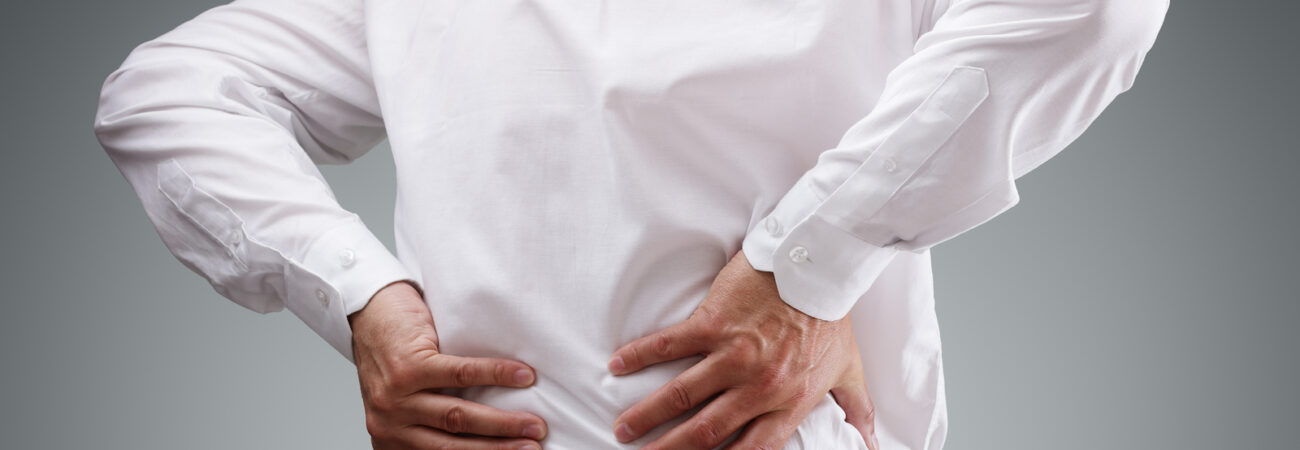
The annual incidence of spinal cord injuries (SCI) is approximately 17000 new cases each year and more than 300,000 people are currently living with SCI in the US. Around 56% of all reported SCIs occur in people between the ages of 16 and 30.
The annual incidence of spinal cord injuries (SCI) is approximately 17000 new cases each year and more than 300,000 people are currently living with SCI in the US. Around 56% of all reported SCIs occur in people between the ages of 16 and 30.
The annual incidence of spinal cord injuries (SCI) is approximately 17000 new cases each year and more than 300,000 people are currently living with SCI in the US. Around 56% of all reported SCIs occur in people between the ages of 16 and 30. This indicates not only a very young age range but also one in which most people cannot afford to pay the high healthcare cost associated with SCI treatment. Most patients with SCIs lose the physical independence they enjoyed before their injury and have to look towards different support systems and treatments to manage chronic pain. SCI can cause different kinds of pains, each of which needs to be managed uniquely. Understanding what type of pain you have is key to seeking the right treatment and also important for your doctor, so that he/she can reach the right diagnosis.
- Musculoskeletal pain is caused by problems in the muscles, joints, ligaments and bones. The pain can be caused by an injury, normal wear and tear, arthritis and over exertion on one part of the musculoskeletal system.
- Neuropathic pain is caused by an abnormal communication between nerves, damaged by SCI, and your brain. Due to injury, the brain misinterprets neural messages coming from the body. As a result, patients feel pain coming from places where previously they had no sensation.
- Visceral pain describes any pain that comes from the abdomen. Constipation, ulcers or appendicitis are some common conditions that can cause visceral pain.
Each person experiencing any type of pains explained above due to SCI must consult a doctor to learn more about his/her health issues and to discuss possible treatment moving forward. Some pain caused by SCI may be temporary and some may be chronic, lasting for years if not managed properly. Many studies have confirmed that a multidisciplinary approach is needed to address most SCI caused pains, effectively. Depending on your situation your physician may prescribe medication, psychological treatments to deal with depression and/or anxiety and physical therapy.
Physical Therapy and SCI
Physical therapy is not the kind of treatment that comes to mind before other treatments such as allopathic medicine. Many perceive it as something that they should do alongside medication or as a temporary short-term solution. In fact, that is what real physical therapy is not, especially for SCI patients experiencing musculoskeletal pain. An experienced physical therapist will help you practice and learn stretching and motion exercises that can help strengthen the affected area and reduce pain. The learning part of this kind of therapy makes it a long-term solution. A patient does not have to stay in a therapy facility for too long if he/she learns those exercises and is comfortable in doing them independently.
According to National Spinal Cord Injury Statistical Center people with SCI problems have significantly lower life expectancy than those without SCI. A lot of it has to do with the limited mobility and over dependency on medication that have a lot of unpleasant side effects. SCI pains can be managed very effectively through a customized physical therapy plan for your specific health condition. Classic Rehabilitation is one such institution that believes firmly in the efficacy of Spine Rehab through physical therapy. Our well-equipped facility in Bedford creates a specific team for our patients to work with. Our physical therapists are trained to promote optimal recovery for each and every patient. An important part of spine rehabilitation is mobility training to prevent atrophy as well as further injury. Additionally, we provide our patients with both at home and outside of home exercises to practice at any given time.
By the end of the program we hope that our patients will feel comfortable and confident enough to return to their normal day-to-day activities to the best of their abilities. After completion of the rehabilitation program the counselors give the patients return-to-work, return-to-school or outpatient services for continuing ideal care. Contact Classic Rehabilitation today to speak to us about your SCI pain.









No Comments - be the first.